
?Rice sits at the center of every Indian dish, so let's explore the types that make it unique!
Anyone who's tried to cook Indian food knows that rice comes in many shapes. From biryani to light lemon rice, the kind of rice you pick has a big impact. With so many different rice options out there, you might feel a bit lost when you're trying to buy Indian rice online or looking through the shelves of Indian grocery stores in the US.
But don't worry, we are here. Let's go on a tasty trip through some key Indian rice types to make your meals mouthwatering.
Variety of Indian Rice You Should Know
1. Basmati
This rice variant stands out as the top choice for biryanis and pulaos. Its unique scent and light texture make it essential for important events.
Why it's special-
- Stronger aroma
- Long grain and better texture
- Pairs nicely with spiced dishes
2. Sona Masoori
It is a rice type loved in South India, has medium grains, a soft feel, and less starch. It works well for daily dishes like lemon rice or pongal.
Why it's special-
- Lightweight
- Easy to digest
- Great for low-oil, low-spice meals
- Cooks faster
3. Ponni Rice
You can count on Ponni rice to steam, make dosa/idli batter, or eat with rasam. This rice, which comes from Tamil Nadu, sees use in many Indian homes every day.
Why it's special-
- Available in boiled and raw forms
- Soft and fluffy
- Mild flavor and high energy value
4. Kolam Rice
Kolam rice offers good value and a nice smell, fitting into daily Indian cooking. Its grains are shorter than Basmati's but still taste great.
Why it's special-
- Affordable alternative to premium varieties
- Mild fragrance, easy to cook
- Common in Maharashtra and Gujarat homes
5. Jeera Samba Rice
Jeera Samba rice, though small, packs a punch in taste. It's the hidden gem in South Indian biryanis, especially in Tamil Nadu. Its nutty aroma makes it a more special variant.
Why it's special-
- High in selenium and antioxidants
- Distinct aroma
- Tiny grains
6. Matta Rice
This red-tinted rice has a rich taste and many health benefits. People in Kerala love it, and it goes well with coconut curries and seafood.
Why it's special-
- Contains nutrients
- Slightly chewy texture
- Ideal for diabetics and heart-conscious diets
7. Jasmine Rice
Though it comes from Thailand, Jasmine rice is a hit in Indian fusion cooking and Indo-Chinese meals. You'll find it has a slightly sticky texture and a sweet floral note.
Why it's special-
- Naturally fragrant
- Slightly sticky
- Excellent for fried rice and saucy dishes
8. Brown Rice
Brown rice is just rice in its natural form with the bran and germ intact. It's better for your health than white rice and comes in types like brown Basmati or brown Sona Masoori.
Why it's special-
- High in nutrients
- Supports weight management and heart health
- Needs a bit more water and cook time, but worth it!
9. Ambemohar Rice
This lesser-known treasure from Maharashtra is short-grained and incredibly aromatic. Its name literally means “mango blossom.”
Why it's special-
- Sticky and soft
- Earthy fragrance
- Used in traditional dishes like varan-bhaat
Tips for Choosing the Right Indian Rice
Are you still not sure what to pick? These tips might help.
- Match with the recipe
Use basmati for biryanis, Sona Masoori or Kolam for everyday meals. Also, you can pick Ambemohar for Maharashtrian dishes.
- Grain size counts
Long grains like Basmati stay fluffy. On the other hand, short grains like Jeera Samba are more aromatic and dense.
- Want health? Go brown
Brown rice versions of Indian staples give you all the taste, plus added nutrition.
- Shop organic if possible
Many platforms now offer chemical-free, sustainably grown options.
- Skip the store trip
You can now easily buy rice online with just a few clicks.
To Sum Up
So, if you’re trying your grandma’s dal-chawal combo or cooking up a biryani, the right rice can make or break your dish. And thanks to platforms like Quicklly, which makes it easier to buy basmati rice in USA from the comfort of your home.
Just go ahead, explore, cook, and taste. Your perfect bowl of Indian rice is just a click away.
FAQs
Is Jasmine or Basmati rice better?
It varies according to your recipe. Basmati rice has long grains with a nice aroma and is used in biryanis and pilafs. On the other hand, Jasmine rice is sticky with a floral smell and is used in Thai and Indo-Chinese cuisines.
Why is Basmati rice so expensive?
The production process of basmati rice takes longer and is costly because the rice is aged to improve its aroma and softness. The higher price is also due to its low supply and export quality standards.
Is Basmati rice healthy?
Yes, Basmati rice is healthier compared to other rice. It contains a lower glycemic index and is available in brown forms as well.
Which is the No. 1 quality rice in India?
Basmati rice is regarded as premium rice in India as it has a great aroma, long grain size, and value in the Indian market.




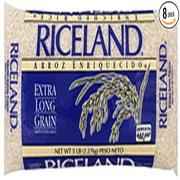
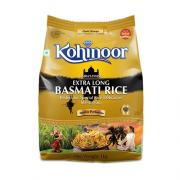
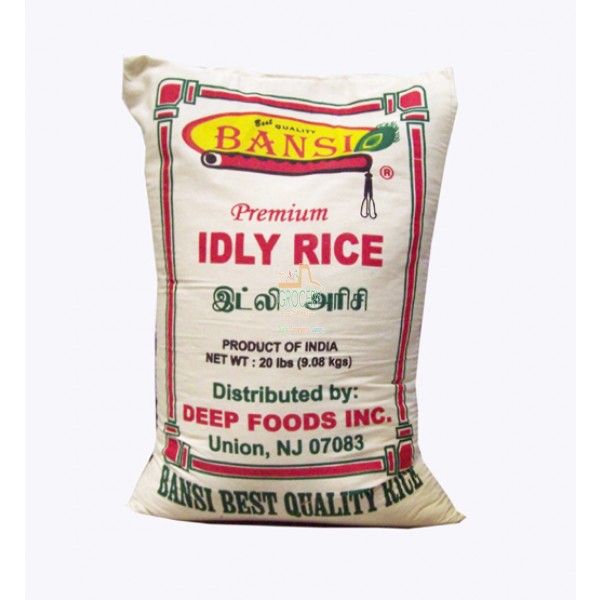
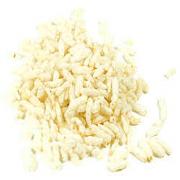
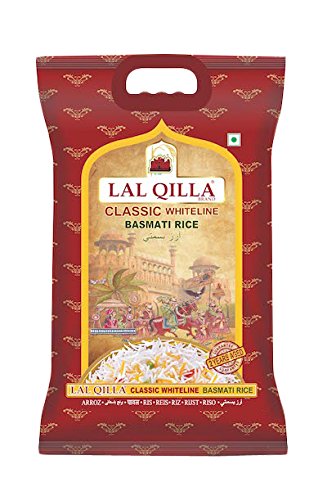










 USA
USA Canada
Canada